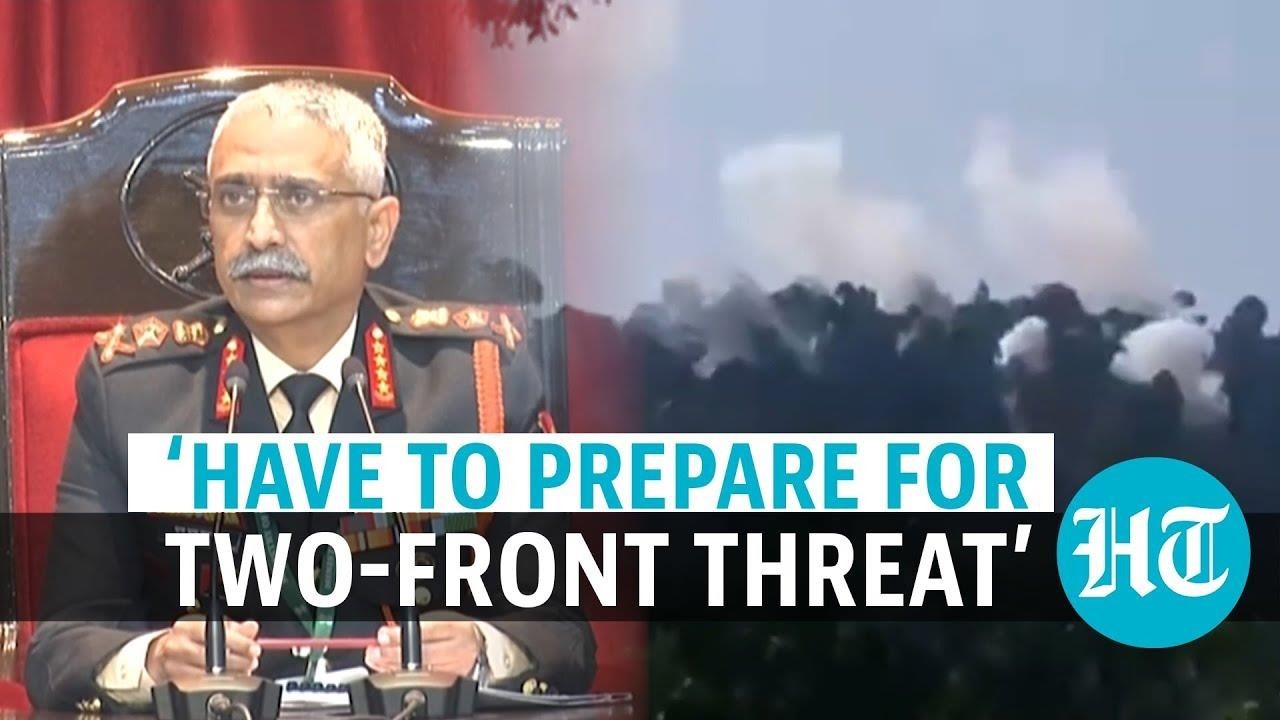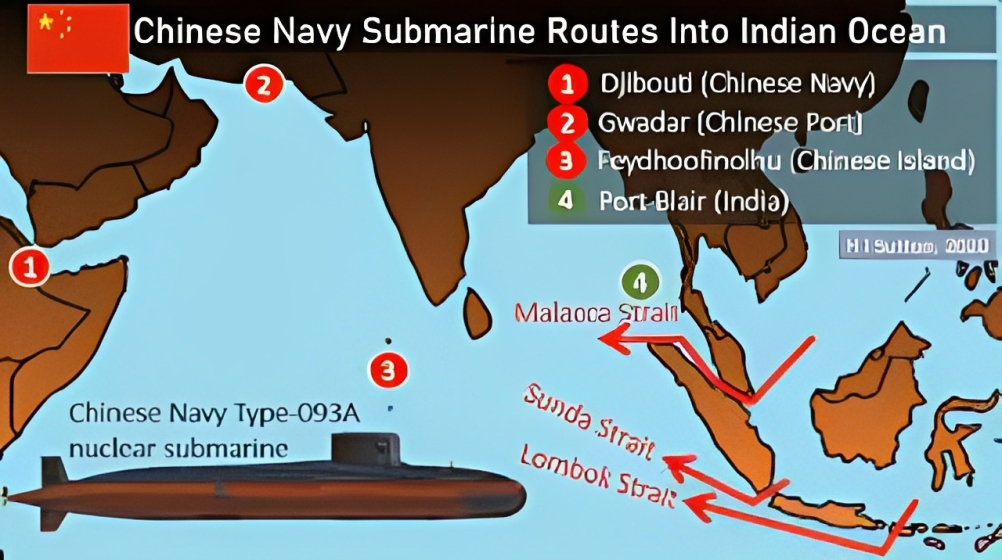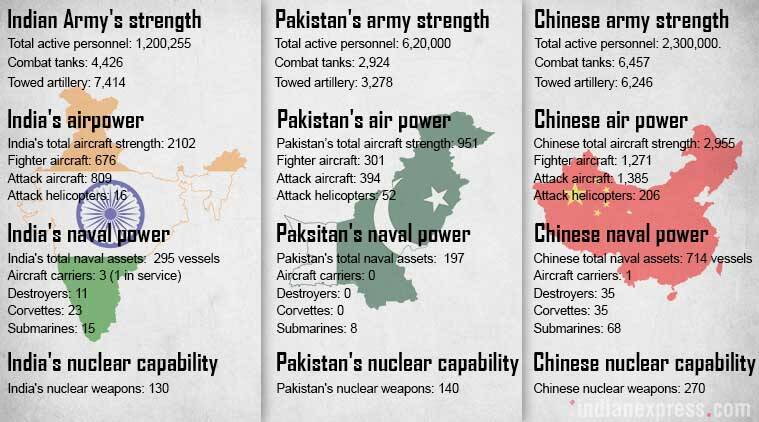Description

Copyright infringement not intended
Context: China and Pakistan are collaborating to pose a threat, according to the parliamentary standing committee.
Details
- The names of China and Pakistan were not mentioned directly and were kept blank in the report when describing them.
Concerns
- The committee was briefed on the potential collusive danger posed by China and Pakistan, as well as Beijing's assistance in the growth of Pakistan's Navy.
- The committee highlighted that there is a shortage of helicopters and aircraft for surveillance and transport, which is being addressed through gradual purchases.
The increasing footprint of China in the Indian Ocean region (IOR)
- The Chinese deployment in the IOR began in 2008, classified as anti-piracy operations in the Gulf of Aden, and the nation has since maintained a continuous presence in the region, including deploying nuclear assault submarines (SSN) occasionally.
- The military station has subsequently been established by China in Djibouti, and it has also built several dual-use ports in the IOR, including ones in Sri Lanka, Burma, and Pakistan.

Navy Strength
Number of Ships
- The Chief of Defence Staff and Secretary, of the Department of Military Affairs, stated in a statement to the Parliamentary standing committee on Defence that the Indian Navy now has a strength of about 130 ships and submarines. While the aim is to have a 200-ship Navy, given the current trajectory, it is likely to have 155-160 ships.
- The Chinese Navy has expanded to become the largest Navy in terms of total ships in the world, with about 355 ships. According to the standing committee report, the Chinese Navy would have 555 ships in 4-5 years.
Indian Navy Strength
- The Indian Navy now possesses 143 planes and 130 helicopters.
- In various shipyards, 43 ships and submarines are being built.
- The indigenous production of 51 ships, 6 submarines, and 111 Navy Helicopters has received preliminary permission.

Strength of the China Navy
- According to a Navy spokesperson in the committee's report, China has grown from 250 naval ships to more than 350 in just over a decade, making it the world's largest navy.
- Chinese operations have also grown, and at any given time, 5 to 9 of their ships and research ships are operating in the Indian Ocean Area (IOR), which can have an impact on India's security.
Strength of the Pakistan Navy
- According to Wikipedia, Pakistan at present have 154 ships.
- The Pakistani Navy is projected to expand by 50% between now and 2030, with China playing the most important role in the expansion.
Recommendations
Long-term Planning
- To counter emerging threats, a balanced build-up of the Navy is essential, whether it be ships, submarines, or planes, which can only be accomplished with long-term budgetary assurance.
Examine the risk perception
- According to the committee, the Ministry should examine the risk perception, which has multiplied due to unfriendly neighbours and growing commerce in the Indian Ocean region.

Must Read Articles:
India-Pakistan relations: https://www.iasgyan.in/daily-current-affairs/india-pakistan-relations-6
India-China relations: https://www.iasgyan.in/daily-current-affairs/india-china-relations-1-38
Indian Ocean Region: https://www.iasgyan.in/daily-current-affairs/indian-ocean-region
|
PRACTICE QUESTION
Q. The Indian military remained convinced that a collusive China-Pakistan military threat became a serious possibility, and that we needed to create capabilities to counter it. Analyse the multifaceted threats to India's security presented by external state and non-state actors. Discuss the steps that must be taken to address these dangers.
|

https://epaper.thehindu.com/ccidist-ws/th/th_delhi/issues/31682/OPS/GTUB38SGC.1.png?cropFromPage=true












